China’s publishing industry modernized and mechanized in the early twentieth century at a time when China was experiencing seismic sociopolitical changes. The new type of publishing and printing transformed traditional scholars into modern intellectuals. It also brought about cutting-edge technologies and the up-to-date mode of labor organization. Indeed, the revolution in publishing and printing was a vital part of China’s economic modernization. Today, similar forces and pressures may be unfolding with digital technology reshaping the publishing industry both in China and beyond.
The Past
China has arguably the longest history of commercial publishing in the world. During the closing years of the Qing Dynasty (1644-1911), its publishing industry underwent a massive transformation as a result of new technologies, ideas and labor organizations. Changing social and political conditions at the time added impetus to its modernization.
In 1905-06, the Civil Service Exam was abolished due to it being scapegoated as the reason for China’s disadvantaged position vis-a-vis foriegn competitors. Because of its abolition, the gentry in China could no longer count on the exam to gain bureaucratic positions, and this led to the collapse of the gentry class.
Members of the gentry class were impelled to find new job opportunities and outlets to have their voices heard, resulting in the rapid growth of the publishing industry. Consequently, it was their success in publishing businesses, rather than their service to the state, that enabled the scholars to survive and thrive. Traditional elites’ foray into the printing and publishing businesses led to its “downward mobility” — from the privileged gentry class to the merchant class.
Scholars became anxious that they had been rendered irrelevant in national and regional politics. To combat that, they insisted upon their identity as men of letters rather than laborers. But ultimately, the line between business and scholarly pursuits blurred.
More importantly, the publishing industry jumpstarted the capitalist economy and mode of production in China. The commercialization and mechanization of China’s printing and publishing at the turn of the 20th century brought about “print capitalism” (also referred to as “print industrialism”) with a new mode of labor organization.
In the 1930s for example, the Shanghai-based Commercial Press (Shangwu yinshu guan 商务印书馆) instituted some aspects of Taylorism — a management approach to increasing efficiency and productivity by optimizing every step of the production process for the workers to follow — into the operations of editing and printing. In other words, mechanized printing transformed book publication into a mass-produced and mass-consumed industry.
The mass production of books, journals, and other publications led to a greater diversity of texts and concepts, and it gave China’s educated elites much-needed cultural and social power. The printing industry empowered the new-generation intellectuals in the early 20th century as “political information and new ideas came to the people almost exclusively through the press”.
Throughout the 20th century, publishing was a driving force behind numerous political movements and social changes. The rise of the mechanized, mass-produced print industry helped China’s educated elites to mutate into modern intellectuals or zhishi fenzi 知识分子. Even though the intellectuals were not incorporated into the bureaucracy as their predecessors in late-imperial China were, they still found a way to sway public opinion.
However, I caution against an overemphasis of the role of the publishing industry in popularizing new ideas and practices, considering an extremely low literacy rate in China at the time. For example, although the proliferation of new publications in the late 1910s in China paved the way for the May Fourth Movement in 1919, ordinary people and even some students remained uninformed of it as late as the 1930s and 1940s.
My research on the dissemination of new ideas in China indicates that there existed alternative — graphic, performative, aural, and visual — means by which imported ideas and newly coined terms could penetrate society at the grass-roots level. The lower-class consumers’ understanding and use of such concepts and terms could well deviate from what the intellectuals had envisioned.
The Present
The modernization of the publishing industry coincided with a seismic sociopolitical change in China a century ago. Today, the same forces may be unfolding. Digital technology is dealing a heavy blow as well as providing new opportunities to publishers and writers.
Just as in the opening decades of the 20th century when anxiety grew among scholars in China because of the abolition of the Civil Service Exam, at present, a new kind of anxiety is arising due to the diversification and dissipation of knowledge.
Indeed, the rise of digital media is altering reading habits and offers a new avenue for the distribution, duplication, and consumption of (mis)information. Given this, educated elites, such as scholars and journalists, find that they’re losing their advantageous position as the dominant producers, disseminators, and arbiters of truth.
This may pose a challenge to the existing social and political order, not just in China but across the world.


